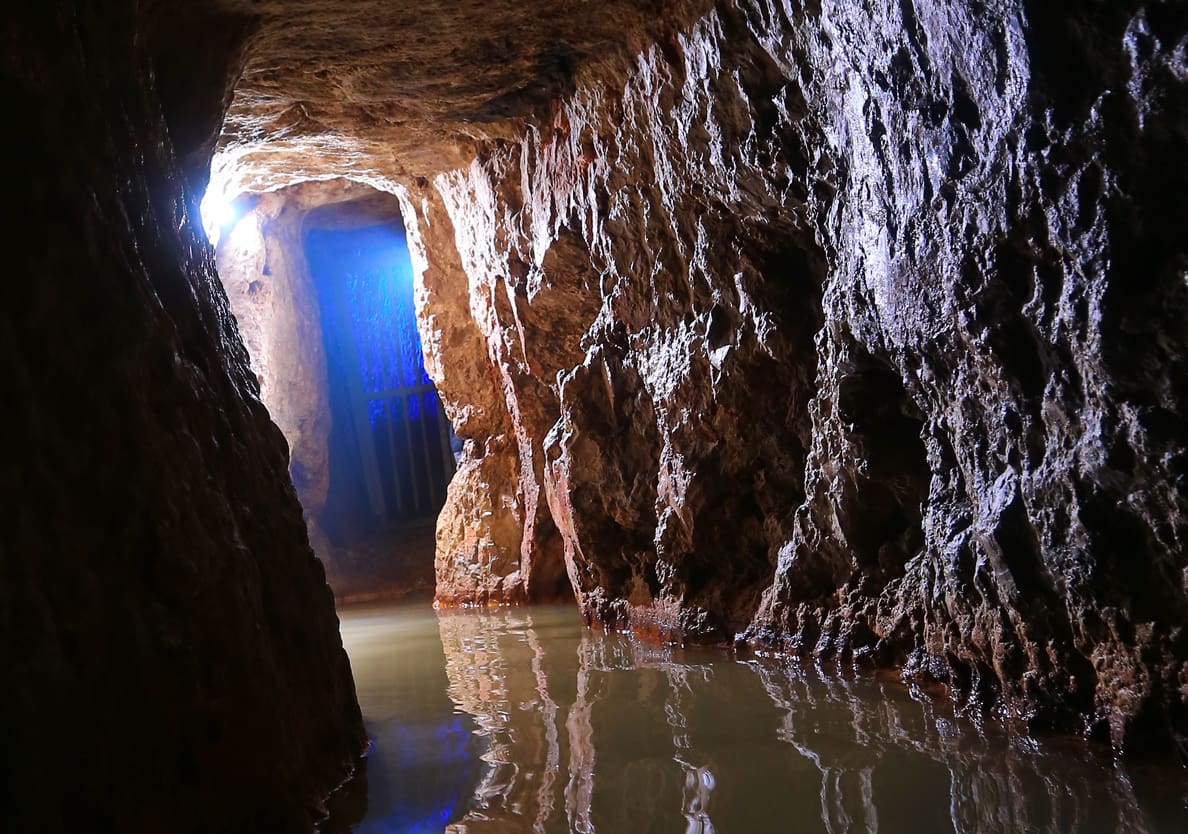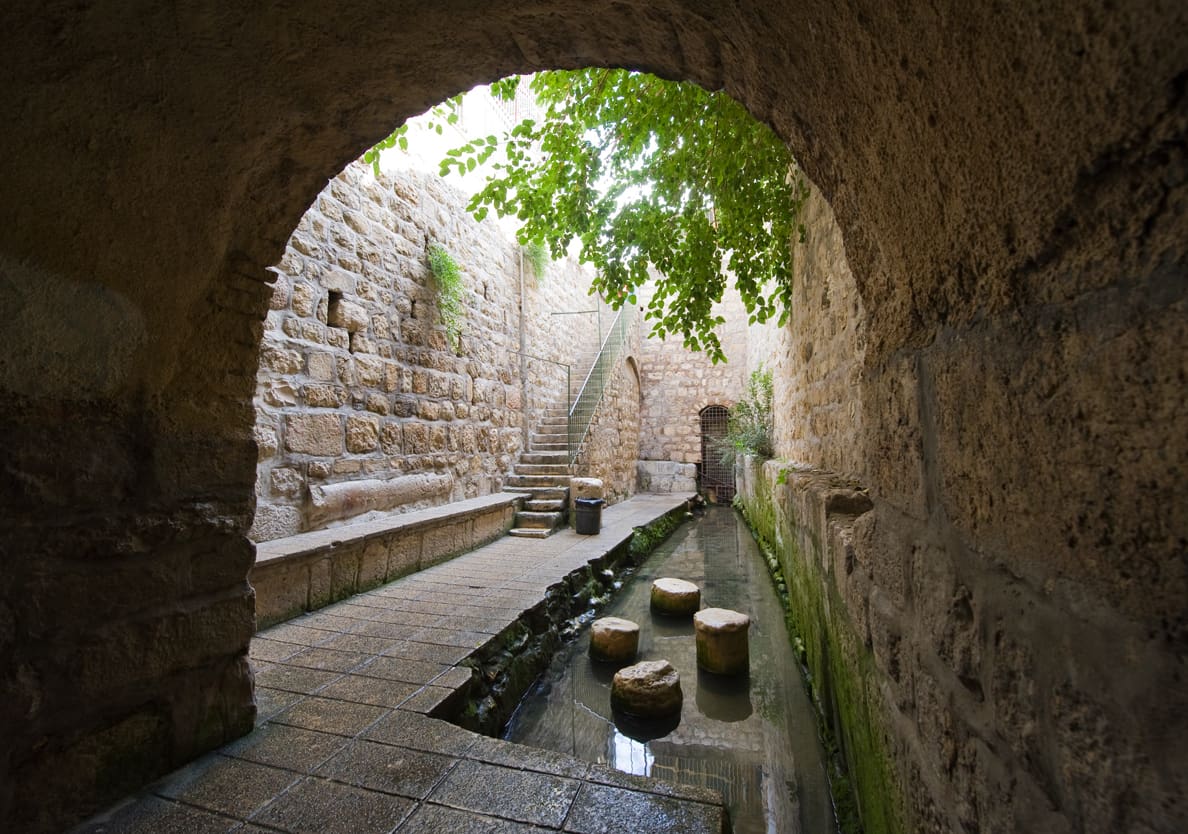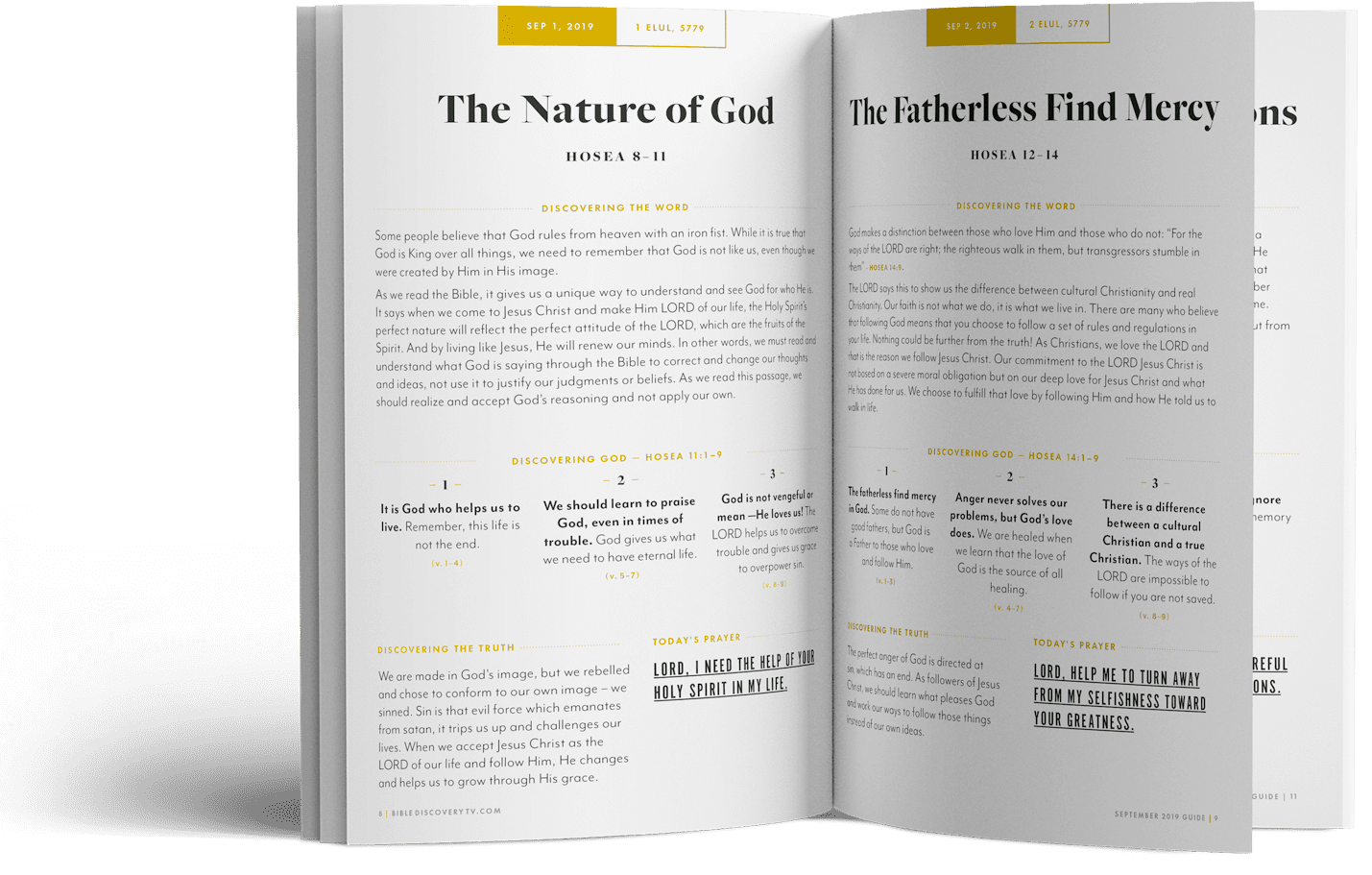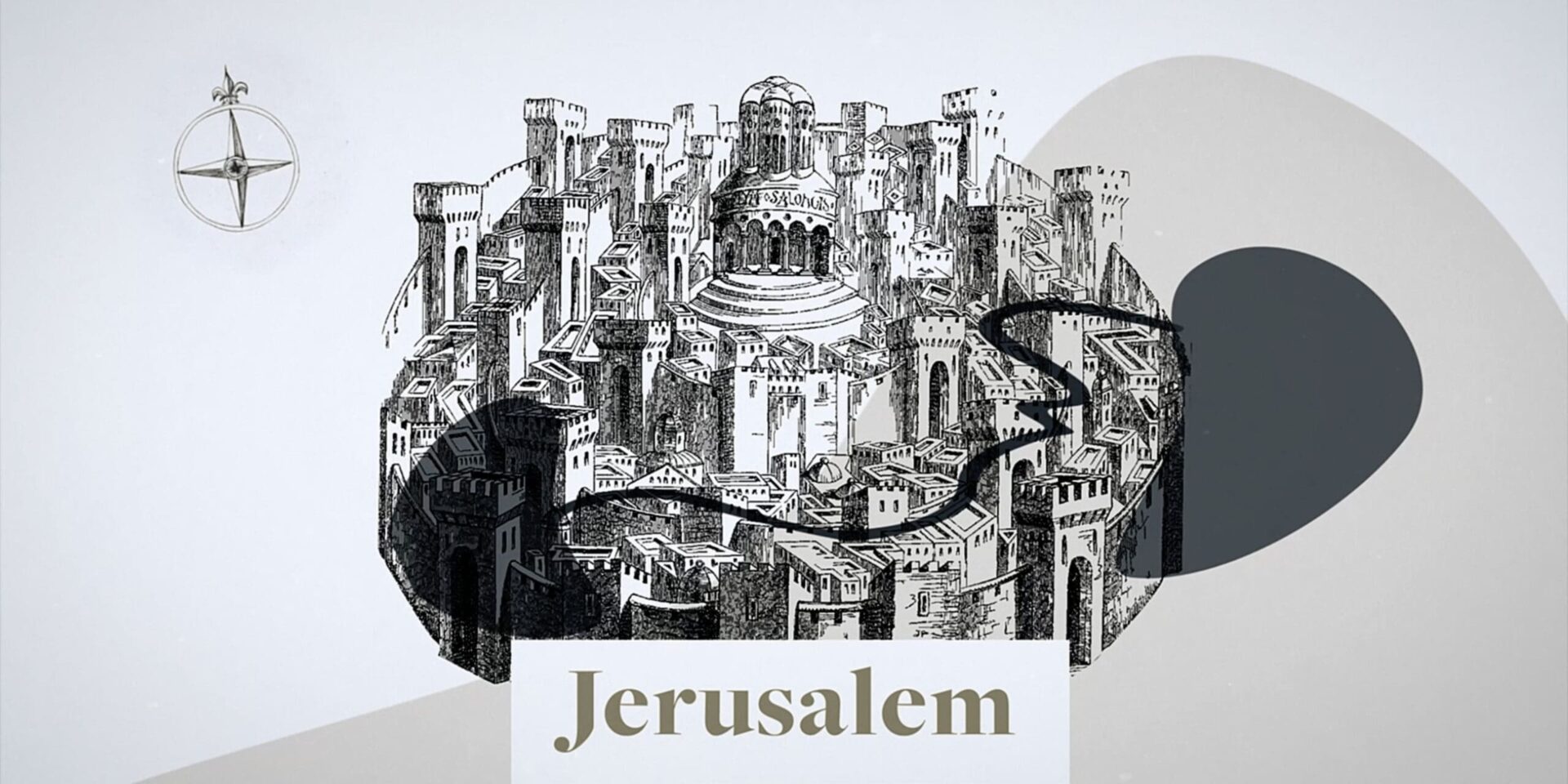King Hezekiah of Judah and Jerusalem is famous for his faithfulness. After the reign of his evil father Ahaz, Hezekiah launched a mission to rededicate the nation of Judah to God. He cleansed and rebuilt the Temple in Jerusalem and went about the country tearing down high places. Hezekiah also lived through his sister country of northern Israel being taken over by the Assyrian Empire, which perhaps explains his motivation to get back to God, to renew covenant relationship with Him who had given his ancestors the land in the first place.
The Bible tells us that in Hezekiah’s fourteenth year as king, Sennacherib of Assyria marched on Judah taking all its fortified cities before marching to Jerusalem. This would have taken an agonizingly long amount of time, and Hezekiah used it as well as he could. 2 Chronicles 32 tells us that, “When Hezekiah saw that Sennacherib had come and that he intended to wage war against Jerusalem, he consulted with his officials and military staff about blocking off the water from the springs outside the city, and they helped him. They gathered a large group of people who blocked all the springs and the stream that flowed through the land. “Why should the kings of Assyria come and find plenty of water?” they said.”(2 Chronicles 32:2-4, also recorded in 2 Kings 20:20).
“Now the rest of the acts of Hezekiah — all his might, and how he made a pool and a tunnel and brought water into the city — are they not written in the book of the chronicles of the kings of Judah?”
2 Kings 20:20
Hezekiah also fortified Jerusalem’s wall, built towers and gathered resources and weapons, but his defensive move of redirecting water to Jerusalem, while cutting it off to the area surrounding the city was smart. He knew that Sennacherib’s army would lay siege, they would camp around the city effectively cutting them off from any outside supply of food or water. It would then be a waiting game – might as well try to thirst out the competition.
Today the water tunnel of Hezekiah is known! In fact, as a tourist to the holy land many visitors each year walk through this ancient water way. Geographically, it weaves its way underground from the Gihon Spring, the source of the water, under the eastern slope of the city to a pool (Siloam pool) on the western side of the city. It was once thought that Hezekiah did this because the Gihon Spring was outside of Jerusalem’s protective walls. It’s now known that the spring was inside the lower city wall, but by diverting its waters to a location inside the upper wall, blocking the spring and camouflaging the entrance to the tunnel, Hezekiah prepared for Sennacherib to breach the lower wall. He was preparing for a long, and vicious battle.


A famous inscription (Siloam Inscription) was found that tells how it was constructed: Two teams of diggers worked, one at the starting point and one at the ending point. They dug their way towards each other and met in the middle. (You can still see their meeting point to this day, as you’re walking through the chisel marks start going in the opposite direction.) The most recent study on the tunnel posits there was a third team that worked from the ground above the diggers using hammers to send sound signals down to the workers. This would explain the mystery of the tunnel’s s-shape: they started going too deep into the hill where they couldn’t effectively hear the soundings, forcing them back to the shallow eastern slope.
These researchers were also able to carbon date some organic remains stuck in the original plaster verifying the date to the time of Hezekiah. This theory of a third, above ground, sounding team would also make sense of the last line in the Siloam inscription that tells the height of the rock above the heads of the diggers.

Corie Bobechko is a daily co-host, speaker, and writer of Bible Discovery. She also hosts a YouTube channel that shows how history and archaeology prove the Bible. Her heart for seekers and skeptics has led her to seek truth and share it with others. Corie also has a Bachelor of Theology from Canada Christian College.
Frumkin, A., and Shimron, A., 2006, Tunnel engineering in the Iron Age: geoarchaeology of the Siloam Tunnel, Jerusalem: Journal of Archaeological Science, v. 33, 227-237
Shanks, Hershel. “Will King Hezekiah Be Dislodged from His Tunnel?” Biblical Archaeology Review 39.5 (2013): 52–61.
https://www.baslibrary.org/biblical-archaeology-review/39/5/4
Shanks, Hershel. “Sound Proof,” Biblical Archaeology Review 34.5 (2008): 50–57.
https://www.baslibrary.org/biblical-archaeology-review/34/5/13
Shanks, Hershel. “Everything You Ever Knew About Jerusalem Is Wrong (Well, Almost),” Biblical Archaeology Review 25.6 (1999): 20, 22, 25, 27–29.
https://www.baslibrary.org/biblical-archaeology-review/25/6/1






